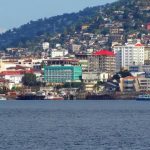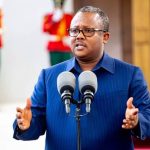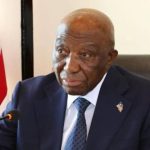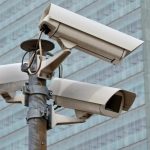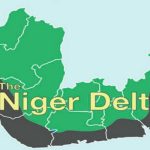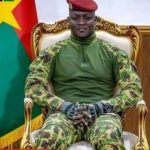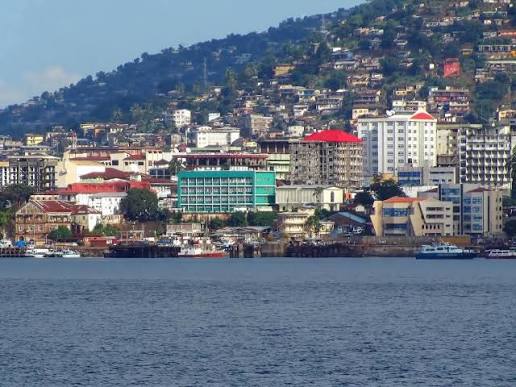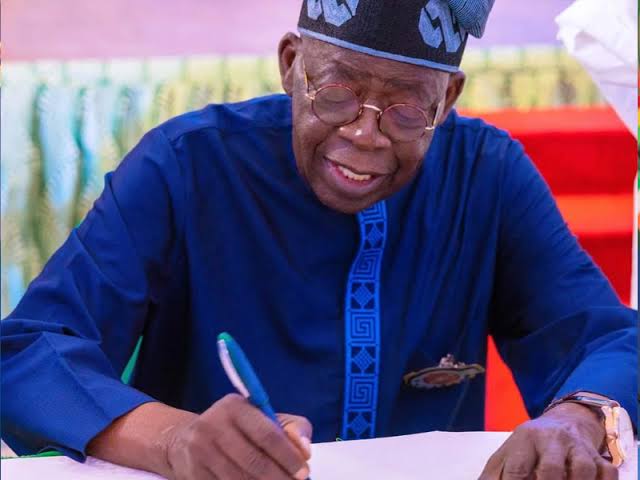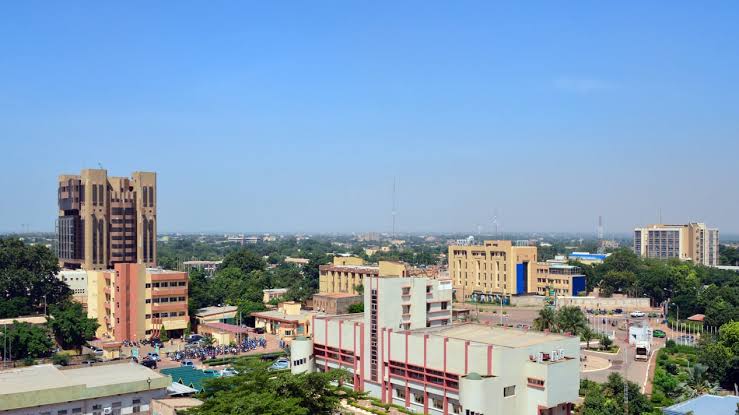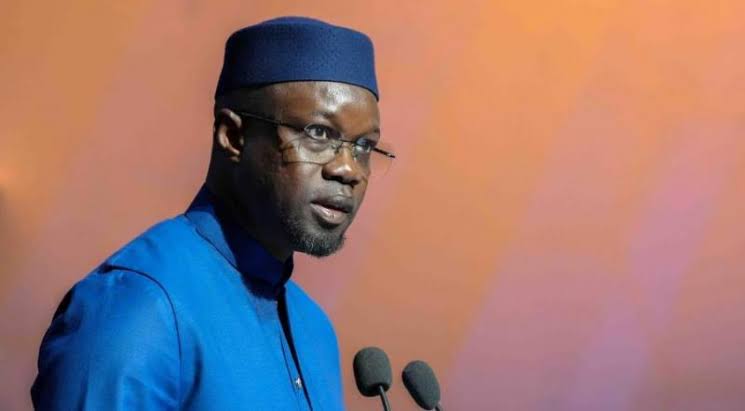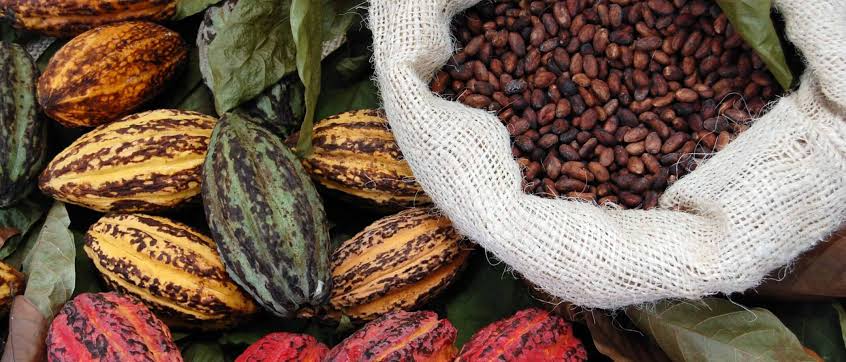Freetown, Sierra Leone’s capital
Freetown, Sierra Leone
Sierra Leone stands on the cusp of an economic revival, with the World Bank projecting a robust 4.4% GDP growth for 2025, up from 4.0% in 2024, driven by vibrant services, resilient agriculture, and a resurgent mining sector. Announced in the Bank’s latest regional outlook, the forecast offers a beacon of hope for a country grappling with several social challenges.
Challenges still loom. foreign exchange reserves have dwindled to a precarious two months of import cover, exposing vulnerabilities to global shocks. President Julius Maada Bio, fresh from a late-September charm offensive in New York, is doubling down on attracting U.S. investment to bolster this upward trajectory and secure long-term stability.
The World Bank attributes the projected growth to a dynamic services sector, particularly tourism and retail, alongside agriculture, where rice and cocoa yields are rebounding, and mining, with iron ore and rutile exports surging. Inflation, which hit double digits in 2023, is expected to ease to 12% by year-end, supported by fiscal consolidation and tighter monetary policy.
“Sierra Leone’s economy is showing resilience despite external pressures,” a government source said, citing improved port efficiency and rural road upgrades. These gains build up from 2024’s 4.0%, when GDP dipped, due to iron ore price falls, from 5.7% in 2023, driven by a 10% spike in mineral exports.
While there are conflicting views on the impact of this growth, some Sierra Leoneans say the uptick translates to hope. However, the reserve shortfall, down from three months’ cover in 2023, signals fragility, analysts say. Heavy reliance on imports for fuel and food, coupled with declining U.S. aid under the Trump administration, has strained the Leone’s stability, with depreciation pressures lingering.
Public debt, at 70% of GDP, remains sustainable but limits borrowing space. The Bank urges structural reforms, including tax digitalisation and anti-corruption measures, to unlock concessional financing. Sierra Leone’s IMF Extended Credit Facility, approved in October 2024, provides $253 million over 38 months to stabilise reserves. A $50 million tranche is likely in 2025, pending program review, though not confirmed for December. The disbursements aim to bolster reserves and support economic stability.
Bio’s New York visit during the recent UN General Assembly was a strategic pitch to U.S. investors, emphasising Sierra Leone’s mineral wealth and green energy potential. Addressing the U.S.-Africa Business Summit, Bio showcased the $320 million Bumbuna II hydroelectric project and new rutile mining leases, projecting 1,500 jobs by 2027. “Our doors are open, Sierra Leone is a land of opportunity,” he declared.
Rural communities, where 60% of Sierra Leoneans live, stand to benefit most, with agriculture’s 30% GDP share reliant on resilient labour. Bio’s government faces a tightrope. It must translate foreign pledges into tangible gains or risk stalling the rebound. For the country of 8.5 million, 2025’s growth is not just a statistic, it is a lifeline to a future beyond survival.

